With a growing number of B2B organizations looking to adopt an ABM strategy, many are looking for models or blueprints on how to roll out this targeted approach within their company.
To address this, research and advisory firm TOPO has created an ABM Framework to help marketers formulate an ABM strategy that meets their business goals. ABM In Action spoke with Tom Scearce, Senior Analyst for Demand Generation at TOPO and creator of the framework, to learn more about his research on the topic and goals of the new model.
ABM IN ACTION: What prompted TOPO to develop this new ABM Framework?
TOM SCEARCE: Companies were basically finding that with traditional, older methods, such as inbound velocity marketing (which still has a place), they weren’t getting enough focus on the key accounts. That’s the genesis of the account-based movement. TOPO published research on account-based marketing, and in the course of doing that, we identified that account-based marketing isn’t really a broad enough term. What you’ll see us doing is embracing the concept of account-based everything.
ABMIA: Why should companies embrace the concept of account-based everything?
TS: [The term] reflects a couple of realities for our clients. First, the scale and scope of account-based programs require more than marketing efforts. It might have a leader who’s in the marketing department, but it involves and requires a cross-functional collaboration [with other departments] in order to produce the benefit of coordinated efforts on target accounts.
For many companies, marketing is used to help sales in the awareness and conversion of a new customer. But there is a large case for using account-based methods for expanding and growing existing customer relationships. Account-based everything takes the view that it’s a full lifecycle relationship, and you need everybody from marketing to sales development to executives on board for success. [The term] ABM does not communicate the depths of the challenge and the level of effort that’s required.
ABMIA: Did anything surprise you when researching organizations for the framework?
TS: The very first category in the framework is called “Target Accounts,” and included in that is an element called the “Ideal Customer Profile.” What stood out is that companies that are adapting these methods don’t always — uniformly as a company — understand who their best customers are and what makes them their best customer.
An ideal customer profile is something that is driven by qualitative, quantitative and in some cases, predictive analysis of actual customers and actual customer pipeline data. What you have to try to find is, from the standpoint of value to your business, who the actual ideal customer is. What are the commonalities that make them ideal, not just in terms of the industries they’re in or numbers of employees, but what’s going on in their business? What types of technologies do they use, what are some of their key objectives, and how does their behavior as a business make them an ideal customer? Clarify what it is that makes your most valuable customers.
ABMIA: What have you seen as the biggest challenge for organizations deploying an ABM strategy?
TS: The biggest challenge — and biggest opportunity — is ending the misalignment of sales and marketing. Inbound volume and velocity is a go-to marketing approach. We’re not saying it’s dead, but it’s just not well suited to very specialized, account-focused marketing. One of the problems there is that marketing and sales development are expected to drive certain results in the pipeline. In account-based marketing, we’re all aligned to these target accounts. So what does sales need from marketing [and viceversa] to win in these accounts? As a team, define that. The companies succeeding here have overcome this misalignment. It’s a challenge because old habits die hard.




